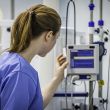Blog
4 ways improving clinical communication boosts patient safety
When patients enter your hospital, they put their trust in your organization and clinicians to improve their health in ways large and small. There’s an unspoken assumption, a social contract really, that they’ll be safe inside your walls.
But sometimes, despite staff doing their best to provide every patient with the best care possible, adverse events and near misses happen. A delayed critical test result extends treatment time. A patient can’t find help and falls getting out of bed. Both of these examples, and many more like them, have one thing in common: breakdowns in communication.
Patient safety is intrinsically tied to how a care team communicates every minute of the day. Well-designed clinical workflows rooted in efficient information sharing are the key to efficient operations at any hospital or health system.
Let’s examine four areas where recognizing the full scope of the issue and working to overcome hurdles can greatly enhance productivity and safety.
1. Ensuring critical test results reach the ordering provider quickly with closed loop reporting
The volume of test results in the U.S. is staggering: The American Clinical Laboratory Association (ACLA) estimates that U.S. labs perform 7 billion clinical tests each year. This is in addition to the just under 600 million annual imaging procedures happening across the country in the form of MRIs, CTs, X-rays, ultrasounds, cardiac scans, and more. However, hospitals, reference labs, and radiology departments still rely on manual processes such as phone calls, printed results, and faxes to communicate results. Beyond being time-consuming and inefficient, these processes also lack the ability to readily confirm that the critical information reached the clinician empowered to act on it in a timely, sometimes emergent, manner.
The Joint Commission’s National Patient Safety Goal 02.03.01 states: Report critical results of tests and diagnostic procedures on a timely basis. This requires an effective healthcare communication platform that builds in staff schedules and contact information and can deliver critical test results quickly via secure text message. Additionally, closed loop reporting capabilities can ensure responsible providers acknowledge critical results while visualizing the information required for accreditation audits. Learn more in this eBook: Solving the critical test result workflow challenge with closed loop communication
2. Address the healthcare burnout crisis head on
Burnout — a long-term stress reaction marked by emotional exhaustion, depersonalization, and a lack of sense of personal accomplishment — continues to be a healthcare crisis in this country. In July 2021, Spok explored the topic of burnout as part of our annual State of Healthcare Communications Survey. We found that 96% of clinicians have experienced burnout, as have 100% of clinical executives and 86% of contact center staff.
The survey showed burdensome or increased workload not related to direct patient care and poor integration into clinical workflows were the most common clinical technology contributors to alarm fatigue or clinician burnout. Improving workflow efficiency and how care teams exchange information throughout the day can help alleviate the problem and simplify overly complex communication processes. Targeted technology strategies such as maintaining accurate on-call schedules to ensure the on-duty clinician is contacted and sending patient alerts straight to the appropriate nurse’s device will improve daily functioning. To learn more read the eBook: 2021 Burnout in healthcare: A report for today’s leaders.
3. Respond quickly to patient call requests
Patient in pain pushes nurse call button
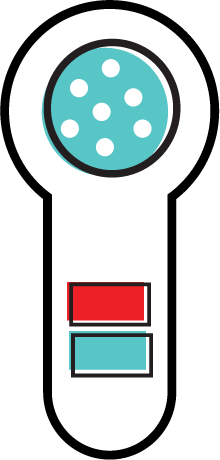
Spok detects the nurse call event and triggers workflow actions
Nurse receives notification and calls patient
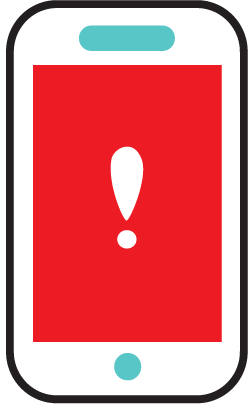
Spok maintains audit trail and enables direct callback to pillow speaker
Nurse securely messages patient’s physician
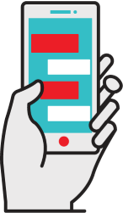
Spok clinical application used to collaborate on the care plan
Physician communicates back to the nurse there is a new pain medication for the patient
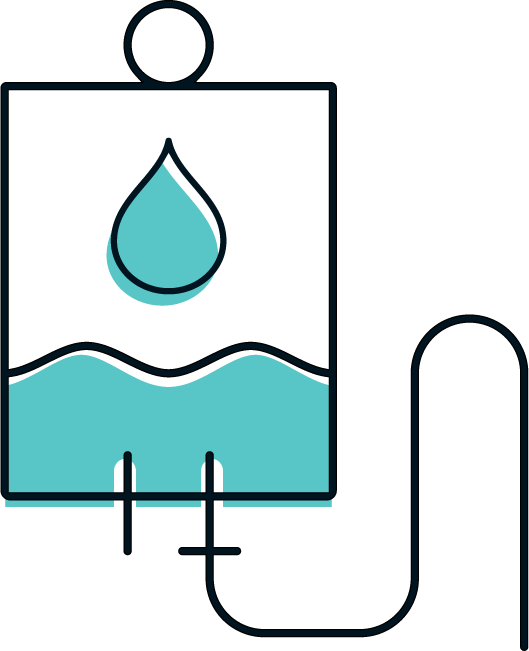
Spok facilitates the care team communication for timely intervention
An important part of a nurse’s shift is responding to patient needs and involving physicians as required. When a patient calls for assistance, the call is often routed to a nursing console on the unit. With unit secretaries now wearing multiple hats and not always staffing the console, the call might go unanswered for several minutes. When someone does respond and asks the patient about the need, it then takes additional time to track down either the nurse or a certified nursing assistant (CNA) to fulfill the request.
But what happens if this process takes too long? Patients can get frustrated or upset. Delays in communication and assistance can also lead to preventable falls, which means the patient could be injured and the hospital will lose reimbursement for the associated care.
Enable quick responses to nurse call requests and route them to ancillary staff as needed, reducing alarm fatigue in the process. The right communication technology helps by circumventing wait and triage time at the unit’s central desk. It connects a patient directly to the caregiver’s mobile device, which could be a smartphone, voice badge, Wi-Fi phone, etc. Nurses who use this technology value being able to call right back to the room from their devices and speak directly with the patient because they can instantly triage the situation and provide more efficient responses. Nurses can also collect supplies or medications en route to the patient’s room, if needed.
Additionally, for situations when the nurse is busy caring for another patient and either declines the call or cannot respond to it, technology can automatically forward the notification to the next-available staff member. Patients and nurses are both happier with a faster and more efficient nurse call answering process. See how it works in this video.
4. Activate code teams quickly and reliably
Patients can be fine one minute and in need of lifesaving care the next. Seamless care coordination and fast intervention are essential to respond to sepsis, cardiac or respiratory arrest, and many other time-critical patient conditions. This requires immediate activation of the rapid response team and technology that can mobilize orders from the EHR to make messages more actionable by including key contextual information.
Example: Reaching the rapid response team
A secure messaging app designed specifically for healthcare can pull information directly from the hospital’s on-call schedule by name, role, or group. For example, a clinician’s search for “Rapid Response Team” can display the appropriate on-duty staff members, as well as who’s on call. Even though this group is dynamic — meaning its members change based on the day or shift — the app incorporates all the right people based on an integrated on-call schedule and directory information.
This means a clinician can easily send a message to the right people, enabling accelerated coordination and action. Furthermore, the app allows group members to message one another right from their mobile devices, and they can also leave the communication stream once their input is no longer required.
Zeroing in on patient safety
There’s still work to be done in hospitals throughout the country when it comes to patient safety. Looking at your own workflows with a fresh eye can help you analyze the current state of your processes and identify areas of improvement that can result in better patient outcomes and staff satisfaction.
Explore how Spok Go® can help you elevate patient safety with an all-encompassing approach to care team communication.



